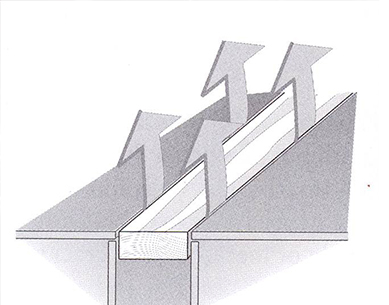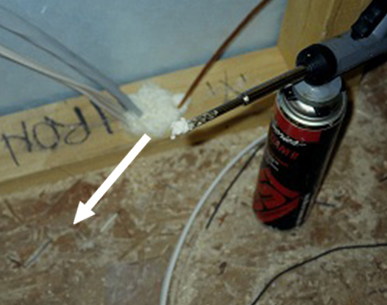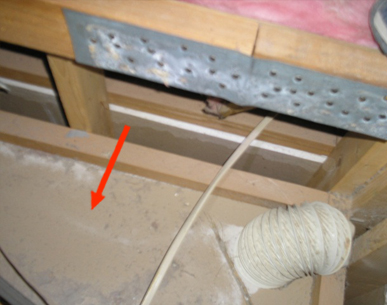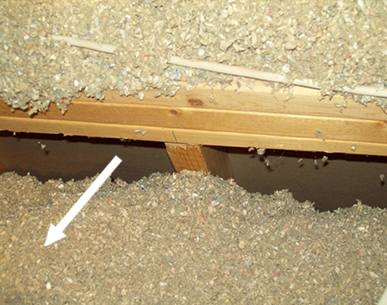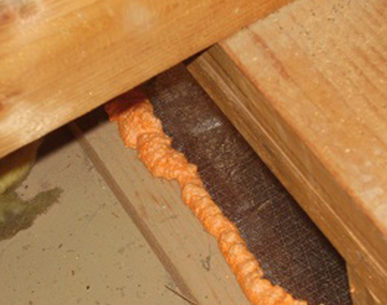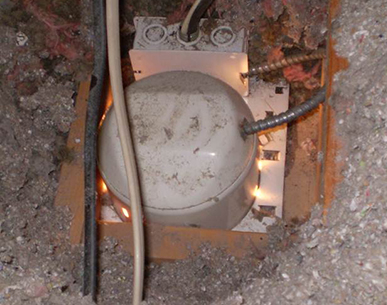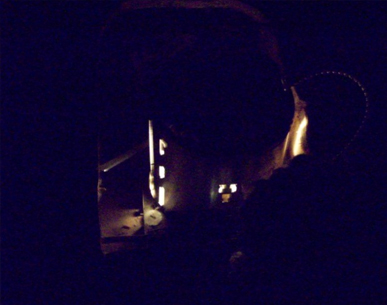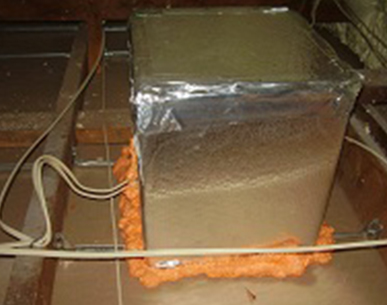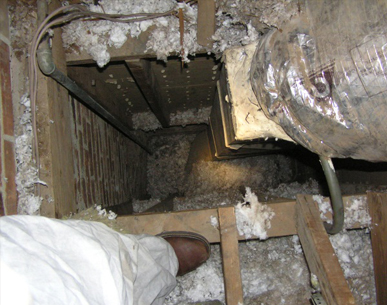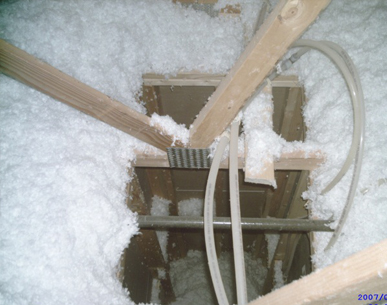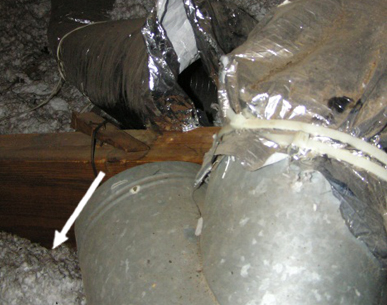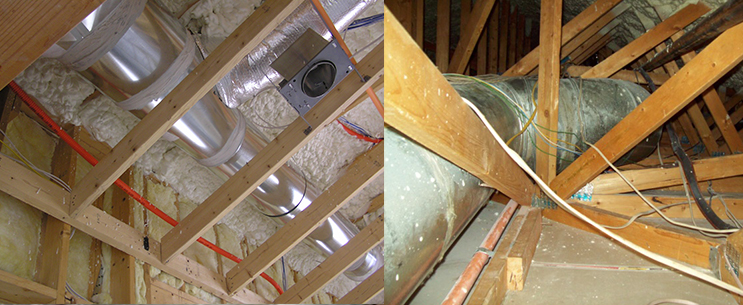Air infiltration, building airtightness, indoor air quality and air sealing provide unique challenges for us at Advantage Home Performance. We recognize that if a house has excessive air leakage the house will be uncomfortable and expensive to heat and cool. The other extreme is a house that is too tight and does not have any provision for fresh air ventilation will be more susceptible to indoor air quality problems. This article focusses on homes that are too leaky. For a more in-depth discussion about building airtightness, combustion safety and controlled ventilation, see our article on “Indoor Air Quality”. Our goal, given our customers budget and the realities of a building, is to find the level of building airtightness in which we get the optimal level of comfort, efficiency and indoor air quality.
- Prescott & Tucson (928) 445-3828
- Phoenix Metro (623) 939-3329
- Prescott & Tucson (928) 445-3828
- Phoenix Metro (623) 939-3329

